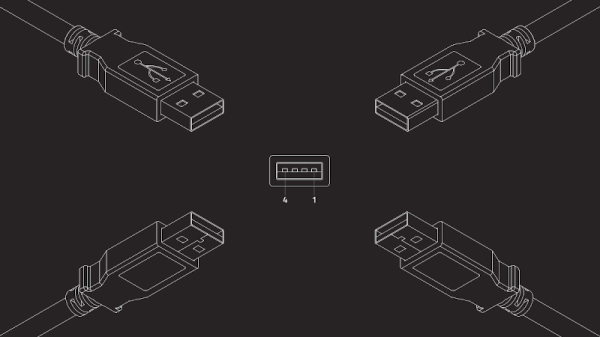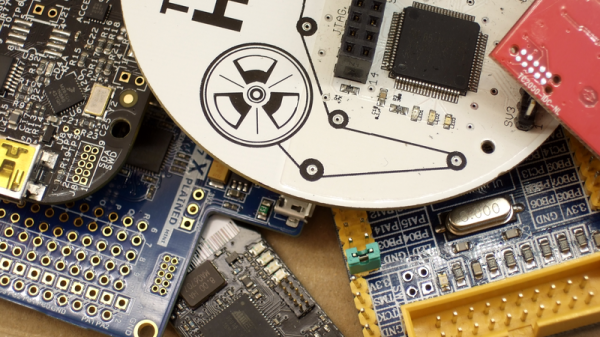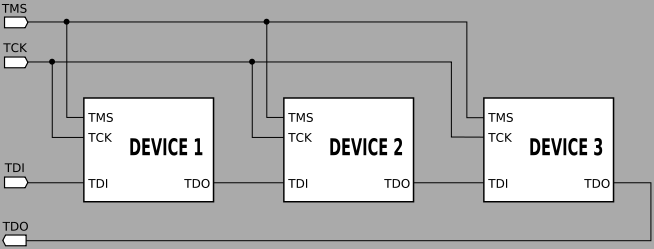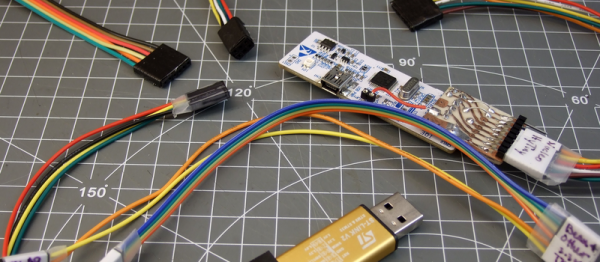We all appreciate clear easy-to-read reference materials. In that pursuit [Andreas] over at Splitbrain sent in his latest project, Pinoutleaf. This useful web app simplifies the creation of clean, professional board pinout reference images.
The app uses YAML or JSON configuration files to define the board, including photos for the front and back, the number and spacing of pins, and their names and attributes.For example, you can designate pin 3 as GPIO3 or A3, and the app will color-code these layers accordingly. The tool is designed to align with the standard 0.1″ pin spacing commonly used in breadboards. One clever feature is the automatic mirroring of labels for the rear photo, a lifesaver when you need to reverse-mount a board. Once your board is configured, Pinoutleaf generates an SVG image that you can download or print to slide over or under the pin headers, keeping your reference key easily accessible.
Visit the GitHub page to explore the tool’s features, including its Command-Line Interface for batch-generating pinouts for multiple boards. Creating clear documentation is challenging, so we love seeing projects like Pinoutleaf that make it easier to do it well.


















